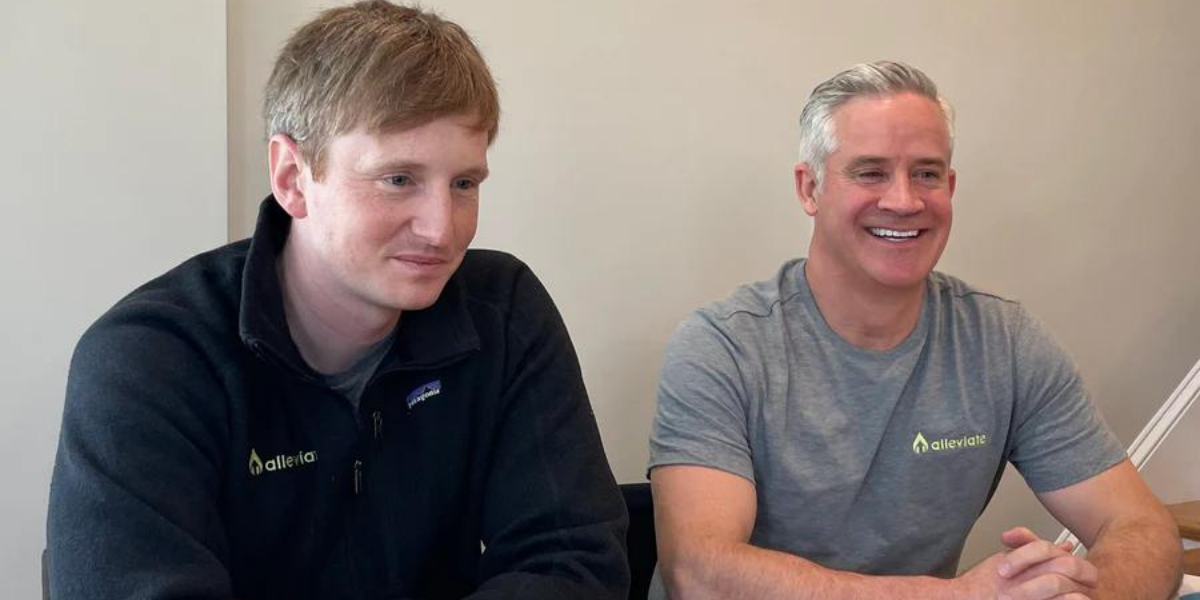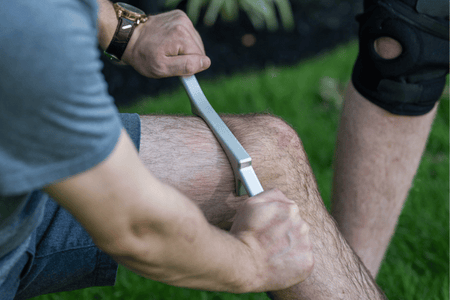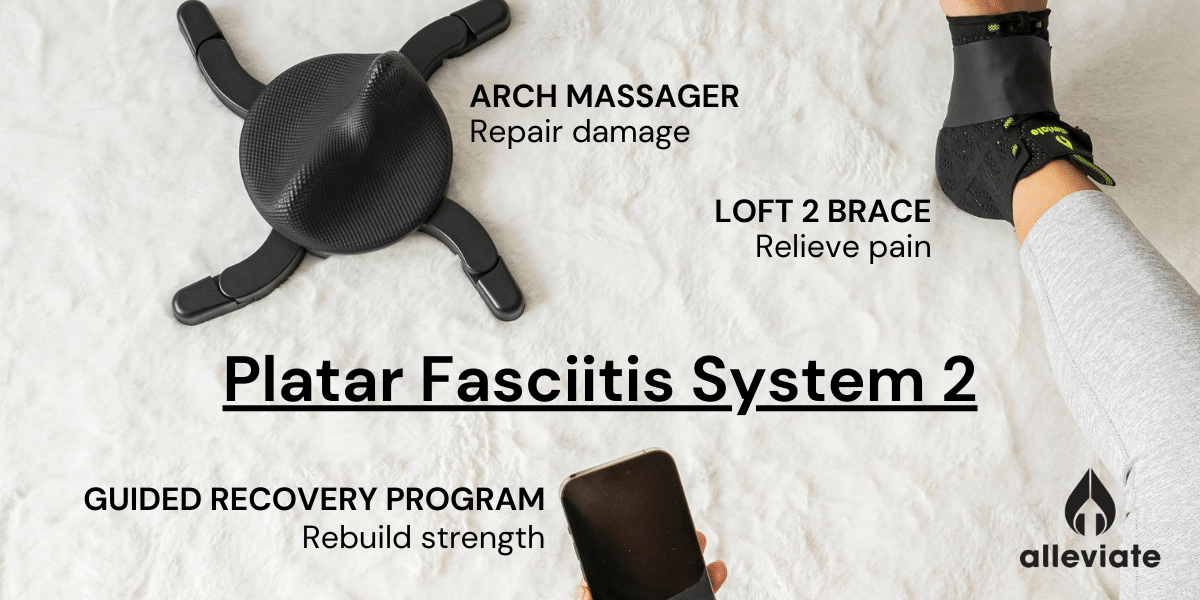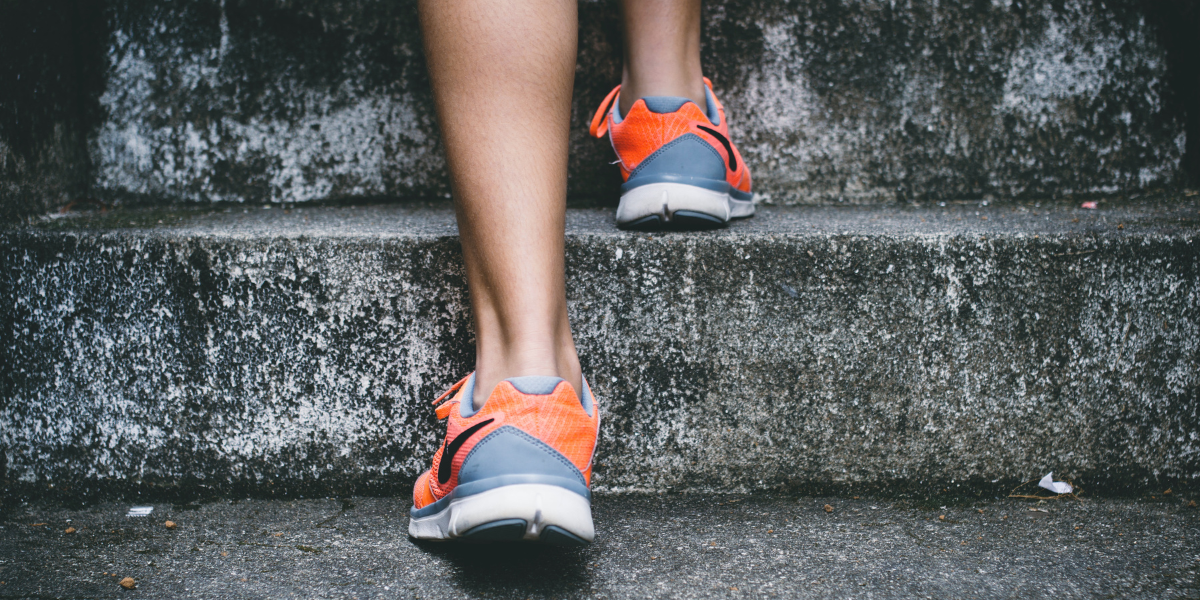
Not only is the Loft brace functional, it is also recognized internationally as a great design. In March 2022, the Alleviate Loft brace won a Red Dot Design Award in the medical products category.
Considered one of the most prestigious awards in the design industry, the Red Dot honors the talents of design professionals across multiple industries. Each year, a jury of independent experts evaluates more than 18,000 entries from over 70 countries, searching for good design and innovation. Ultimately, the Red Dot distinction is awarded to products, brands, and organizations for significant achievements in the field of design.
With this most recent win, Sean McDowell, Alleviate Co-Founder, Product Designer, and shoe industry veteran, has now won four Red Dot Design Awards in his career. The previous three were awarded for Sean’s work at Nike, including the Victory Track Spike that debuted at the 2008 Olympic games. Sean joined the team at Alleviate to design products that help Plantar Fasciitis patients reclaim what moves them.
To celebrate the Red Dot distinction, Alleviate Co-Founders Rick McMullen and Sean McDowell sat down to talk about the expert-designed features of the Loft brace and Arch Massager. Below is an excerpt of their conversation:
Rick: Tell us about some of the aesthetic choices that went into making the Loft Brace.
Sean: We tried to highlight the knit structure of the Loft. There are a lot of different threads and yarn that are knit together to give you the support your arch needs and flexibility and breathability in the other areas. Also, we brought in a bright, vibrant color to really see how the structure of the brace works with and supports the body.
Rick: Seeing the level of detail that went into designing this product was mind-blowing. What did it take to get from the initial sketch to the Loft brace you can purchase today?
Sean: It took about 18 months to go from sketching, to prototyping, to manufacturing a final product that replicates the support and performance of a PT-applied tape job. We took 3,300 scans of feet from across the world and created a robust data set to find the most accessible design. We also went through rounds and rounds of wear testing to dial in sizing and fit within users’ existing shoes. We then worked with a manufacturer in Italy who is super well known for their precision, quality, and craftsmanship to bring the different stages of our designs to life.
Rick: Let’s talk about the Arch Massager. The dual peaks are a design feature that is key to mimicking the foot's structure. What are the most important design elements of the massager?
Sean: Creating variety in the peaks and valleys of the massager was very important to relieving pain in the exact parts of the foot where individual patients were experiencing it. We had to create a stable base that could withstand the pressure it takes to deliver a professional-level massage to the arch and heel. We also worked millimeter by millimeter to 3D print a dimpled surface on the dual peaks, which is a nod to the golf ball, a common tool for at-home Plantar Fasciitis massage. Over many iterations, we landed on this texture that also takes the stress and strain off of your skin.
Rick: You also worked with customer feedback at every step of the way. How did user testing factor into the design of the Arch Massager?
Sean: At Alleviate, we have a core team of professionals with years of Physical Therapy, business, and design experience, and our users are at the heart of what we do in each of those three areas. As a company creating medical devices that treat pain, you’ve got to be customer-centric. There are plenty of points in the process where you could skip a step, collect less feedback, or make an assumption, but we never did that. When you’re listening to consumers and doing in-depth user testing, you get the best results for your patients and the product.
Rick: The first prototype of the Arch Massager had stabilizer legs that would flop open and we had to go back to the drawing board on this element. What did it take to arrive at a higher quality product?
Sean: We spent weeks working to create an internal ratchet and notch system that gives you a secure feeling and a satisfying click as you flip the Arch Massager’s stabilizing legs open and shut. That perfect click fits into a category we call the final 5%. You can have a viable product that is 95% of the way there, but the best companies take it the final 5%, obsessing over every detail until they arrive at a truly great product. At other companies, I’ve heard, “we have to get it to market; it’s good enough to sell.” What I like about the philosophy at Alleviate is the no-compromises policy. You’ve got to make it the best it can possibly be. If you’re not perfectly replicating a professional massage or a tape-job as applied by a Physical Therapist, we’re not putting it out into the world.
Thanks to Sean’s no-compromise attitude and outstanding achievements in design, the Alleviate Loft Brace and Arch Massager are now available as part of our complete system for Plantar Fasciitis treatment. Shop Now.
About the Red Dot Award: “In search of good design” – the Red Dot Design Award is one of the world’s largest design competitions. The Red Dot Label has become established internationally as one of the most sought-after marks of quality for good design. In order to appraise the diversity in this field in a professional manner, the Red Dot Design Award breaks down into three disciplines. Competitions for each of these disciplines are held once every year. Read More Here.



















